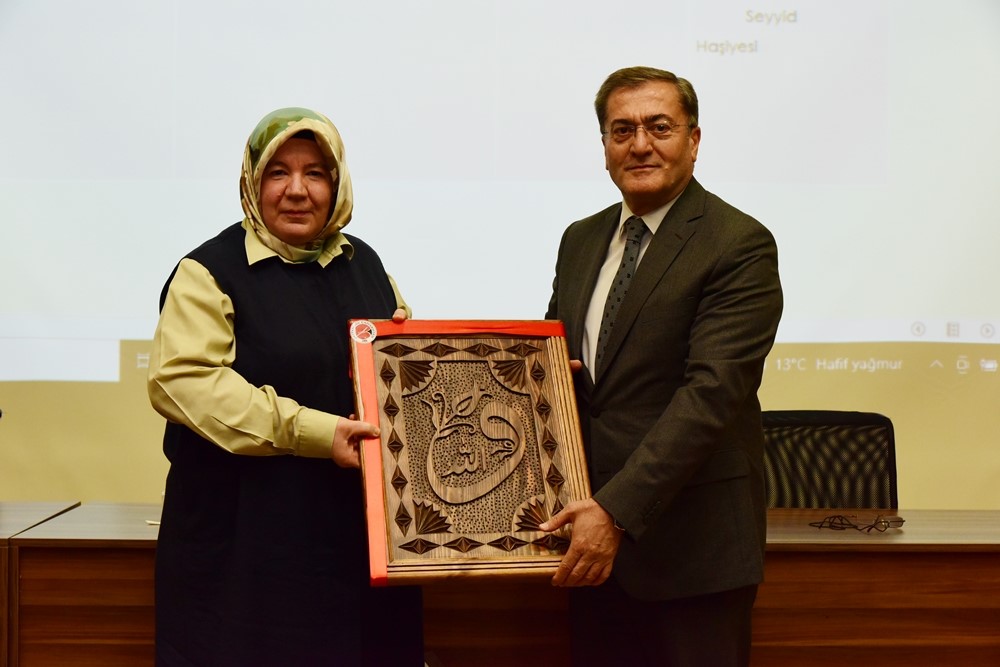After the earthquake, he practices mosaic art in Rize.
After the disaster of the century, Hatice Duran, who came to Rize, also brought with her the mosaic art that is part of Hatay’s culture. 42-year-old Hatice Duran, a mother of three daughters, moved with her family after the earthquake on February 6, 2023, which has been referred to as the disaster of the century.

After the disaster of the century, Hatice Duran, who came to Rize, also brought with her the mosaic art that is part of Hatay’s culture.
42-year-old Hatice Duran, who is married and a mother of three daughters, left Hatay with her family after the earthquake on February 6, 2023, which is referred to as the disaster of the century, and settled in Rize. After living in Rize for a while, Duran realized that there was no mosaic art in Rize, which is her area of expertise. Saying, “If we cannot go to Hatay, we will bring Hatay here,” Duran this time carried her culture to Rize. Opening a workshop, Duran transformed figures that reflect all of Rize, from falcons unique to Rize to tea sprouts, and the emblem of Çaykur Rizespor into mosaics.
Expressing that she saw there was no mosaic art when she came to Rize and that as a person from Hatay, she felt it was her duty to introduce this art to the people of Rize, Duran stated, “We came to Rize after the earthquake. I saw that there is not much mosaic art in Rize as well. As someone from Hatay, I felt it was my duty to bring this art to Rize. That’s why I want to promote this art. I want people to get acquainted with the energy of the stones, to meet the stones, to become familiar with the products we make from stones. I opened this workshop both to train students and to promote this art.”
Duran emphasized that mosaic art has come from the Sumerians to the present day and that it is not correct to integrate it into just one city. Therefore, she wanted to integrate Rize with mosaic art: “I live both Hatay and Rize here. It is not very correct to limit an art, saying it is the art of Hatay, to one city completely. The art is a mosaic art that has existed since the Sumerians, but it has been found more in the lands of Hatay. Since it has been more found in Hatay lands, it is more recognized and known there. Now we have come here. There will be mosaics in these lands as well. We will reflect the culture of this place in our works. Like Çaykur Rizespor, falcons, tea glasses, tea flowers, and the stone bridge of this place. All of them will be included in our works. We will combine the two cultures.”
Noting that the mosaics featuring motifs unique to Rize have attracted interest, Duran continued, “The paintings made from natural stones are very popular here. Because natural stone has an energy. That natural stone attracts people. Whether it’s a large bird painting or a peacock. Of course, our museum replicas are also very popular. Of course, the Gypsy Girl from Antep and the integrated ones. The Gypsy Girl has also been very popular. Relief, mosaic, the Çaykur Rizespor emblem, of course, the falcon figure has attracted a lot of interest. The tea glass has also garnered much interest. We will hopefully keep this culture alive here.”







